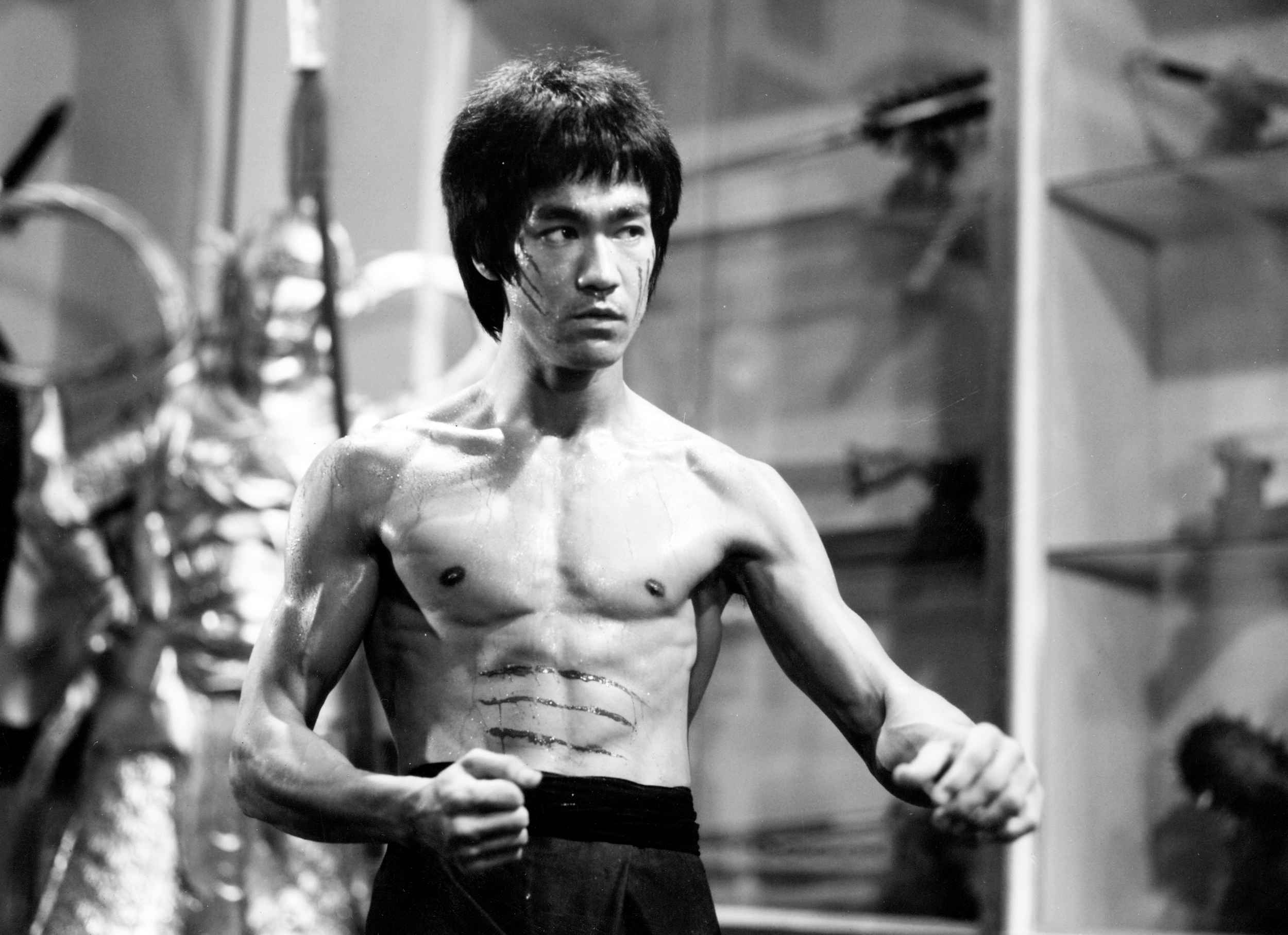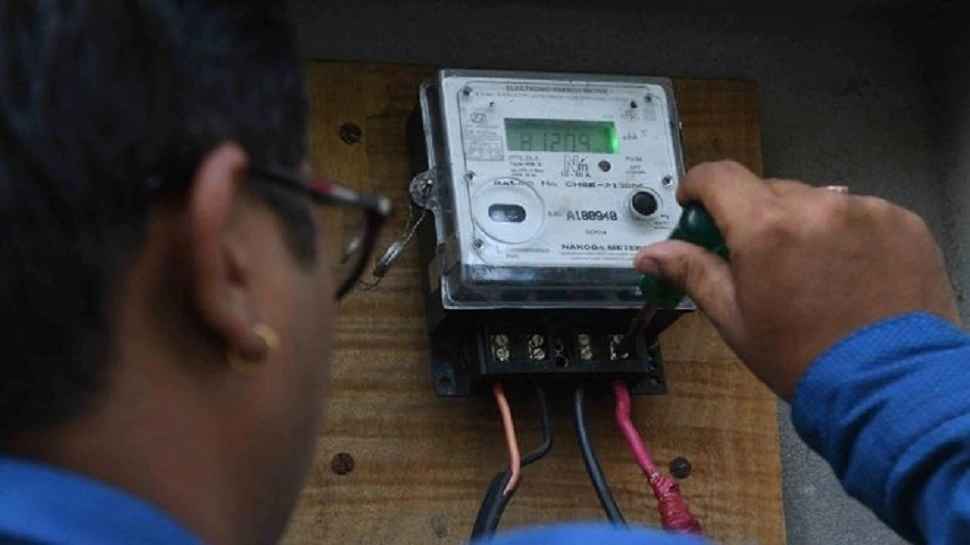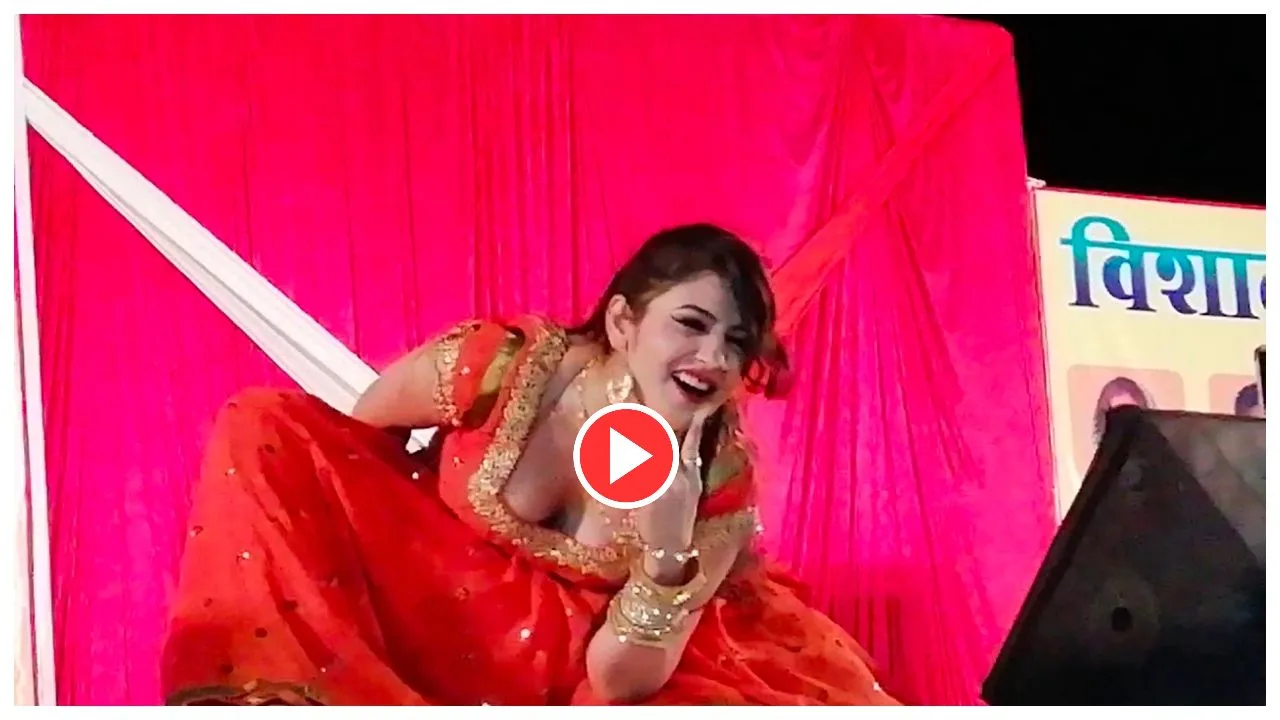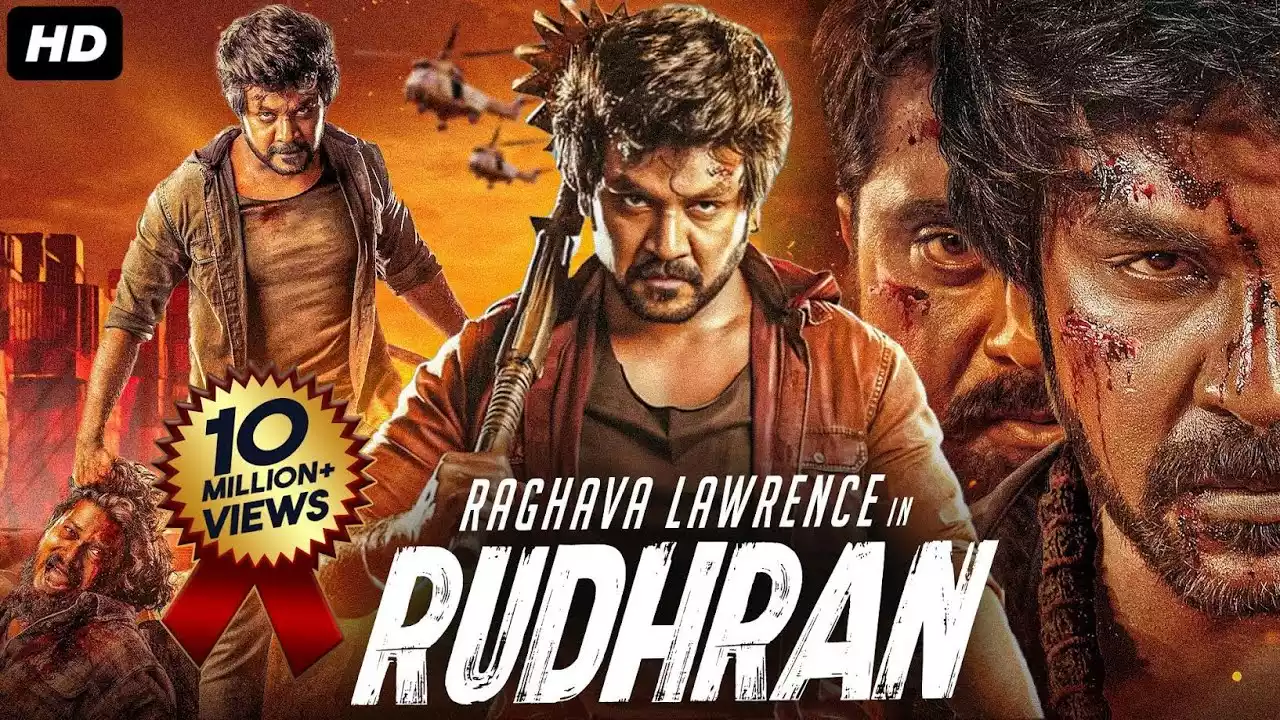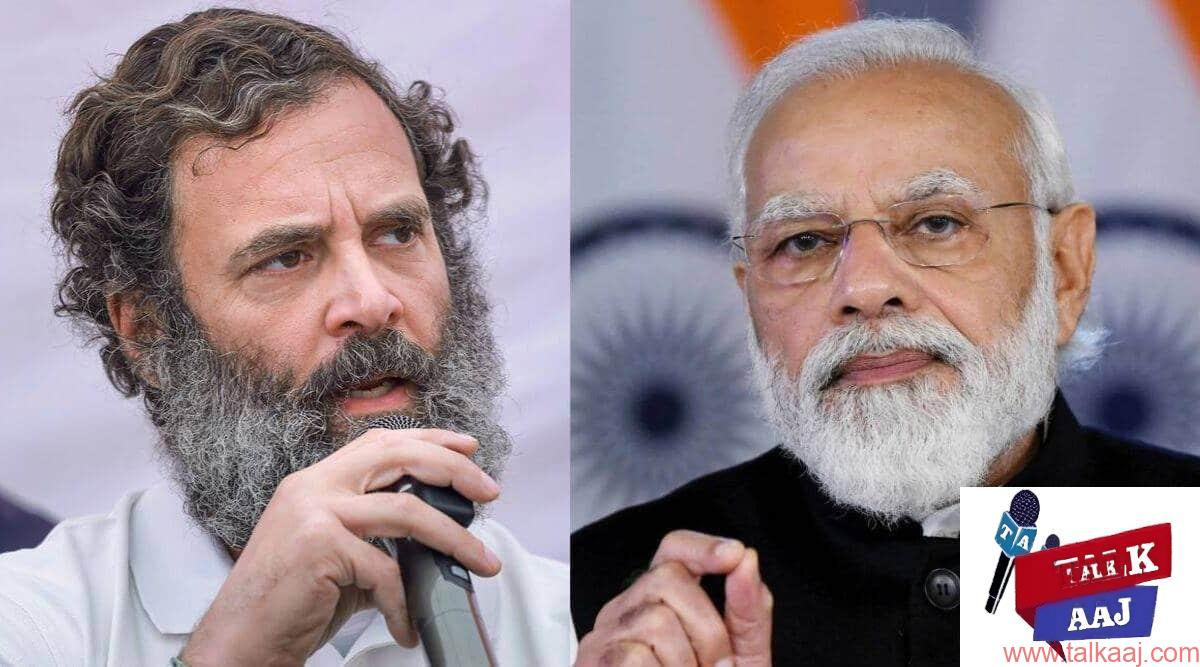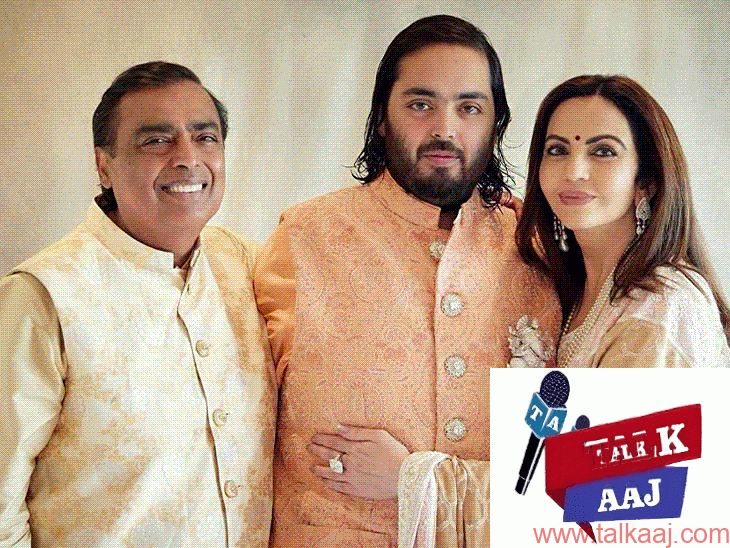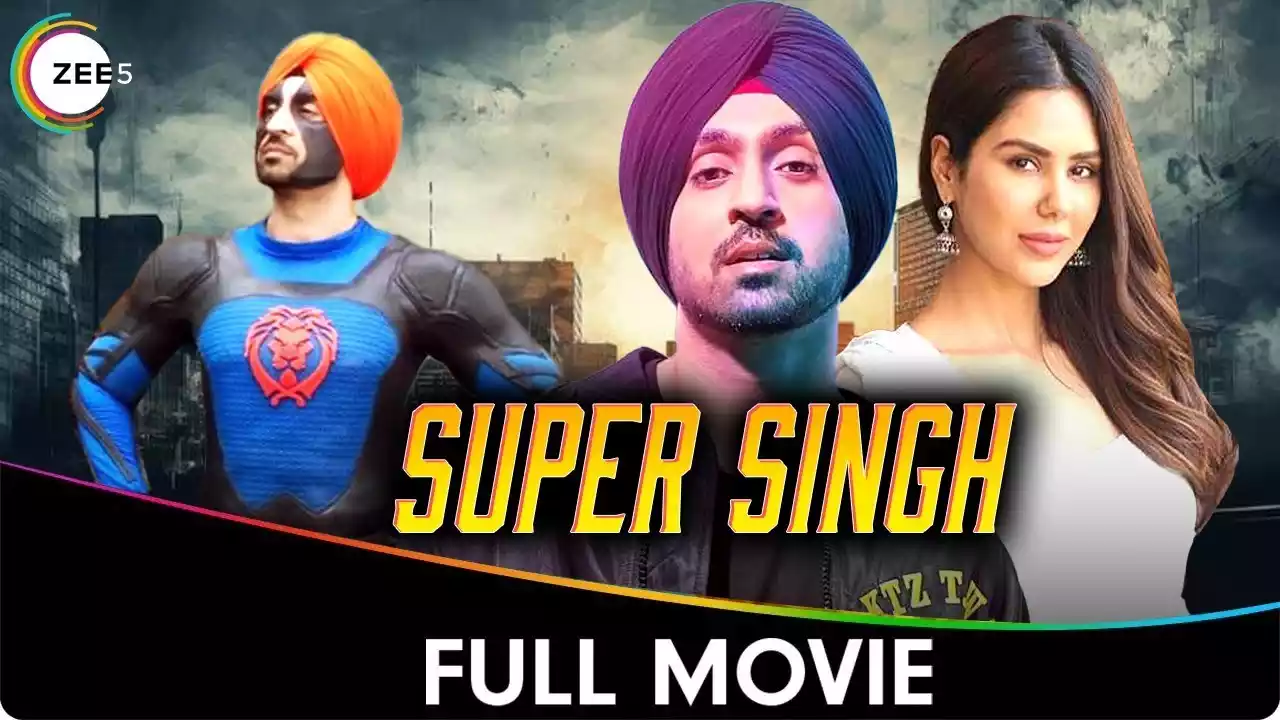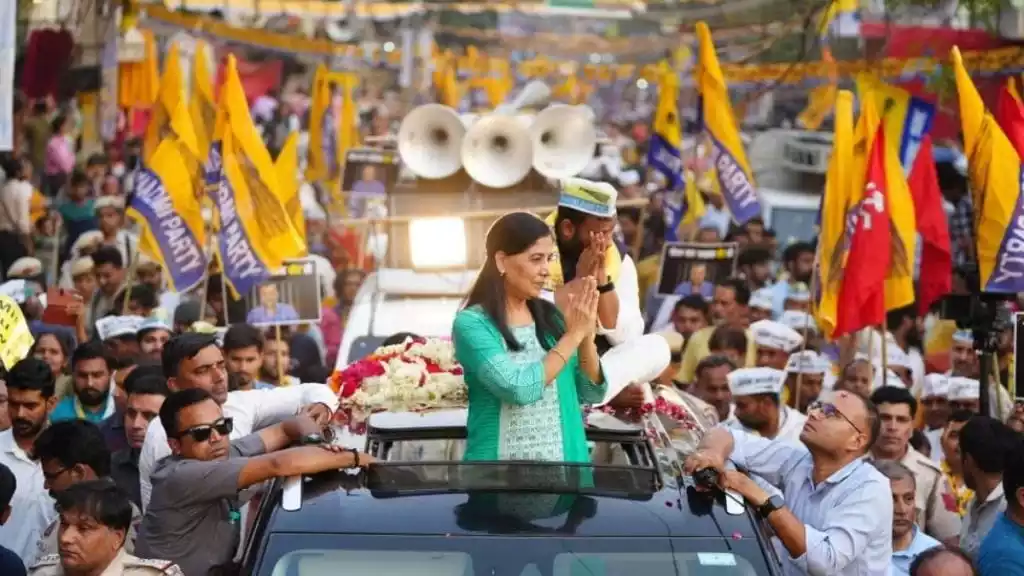The Bruce Lee Movies You Can’t Miss
Bruce Lee starred in 6 feature films, all of which are worth watching. Here’s a brief overview of each film, in the order they were released:
This story originally ran in 2018 and has been repackaged to coincide with Mike Moh’s portrayal of Bruce Lee in Quentin Tarantino’s Once Upon a Time in Hollywood.
Bruce Lee came from an entertainment family. His father, a famous Cantonese opera singer, and his mother, a tailor and wardrobe woman, were visiting America when Bruce was born in 1940; He faced his first movie camera before he was even of crawling age. His acting career began at the age of 6 when his family returned to their native Hong Kong. By the time he was 18, he had made about 20 Cantonese films – none of which were kung fu films.
Upon returning to America for college, Lee looked down on the roles offered to Asians and abandoned any acting aspirations. “How often is Chinese needed in a [Hollywood] movie?” Lee later explained to Esquire. “And when it is required, it is always typical houseboy or pigtail coolie stuff. I said ‘that would be too bad.’ Instead he decided to become the Ray Kroc of kung fu, franchising dojos along the West Coast. He was discovered by a producer before a karate tournament in 1964, who cast him as sidekick Kato in The Green Hornet TV series. It set him on the path to becoming the world’s first martial-arts megastar—a dream that was met with bitterness, with the release of Enter the Dragon in 1973, a month after his death at age 32.
To commemorate the 45th anniversary of Lee’s death and the release of Enter the Dragon, Simon & Schuster publishes Bruce Lee: A Life, the first comprehensive biography of the icon’s life and work. As this ranking of his 24 films shows, Lee appeared in a far greater variety of films than his legend, from comedy to melodrama. But the one thing that remained constant in almost all of his performances was his ease in front of the camera. It is as if he was born into it.

#1. Enter the Dragon (1973)
This cheaply made James Bond scam was supposed to be Bruce Lee entry into superstardom. Instead, his death a month before its release marked it as the biggest of his career. The multiracial cast, cat-stroking villains and tournament structure launched the kung fu craze of the West – and thousands of imitators. Fearful that Warner Bros. would recut the film to make John Saxon the star, Lee struggled onscreen and offscreen to infuse his personality into every frame. The result was a performance so intense it seemed to vibrate off the screen. Watching Lee punch, kick, and attack dozens of bad guys for two hours inspired millions of Western kids to take up martial arts. Enter the Dragon is the film that solidified Lee’s legacy in film and beyond.
#2. The Orphan (1960)
He was never completely comfortable on screen until Bruce Lee was a star, and he had waited ten years for a leading role since The Kid. Modeling his troubled teen character on James Dean in Rebel Without a Cause, Lee gave his most emotionally complex performance as an actor in this film. One moment he’s growling, the next laughing hysterically, and the whole time spewing a foul-smelling stew of Cantonese street slang. Hong Kong boys were so impressed by Lee’s hoodlums that they began imitating how he smoked cigarettes and danced the cha-cha, leading a concerned high-school principal to hang a banner over the entrance of his school. which read: “No one is allowed to imitate Bruce”. Lee’s Ah Sam!
#3. Way of the Dragon (1972)
Bruce Lee hoped that the Hong Kong film, which he wrote, directed and starred in, would prove to be his ticket to return to Hollywood as a leading man. Lee plays Tang Lung, a naive man who is sent to Rome to protect a Chinese restaurant from the mafia. Lee laughed and told Esquire, “Well, it’s really a simple plot of a country boy who goes to a place where he can’t speak the language but somehow he comes out on top, because he honestly and simply expressed himself,” Lee told Esquire with a laugh, “by killing everyone who got in his way.” In his directorial debut, Lee was unable to strike a balance between the humor of the opening fish-out-of-water scenes and the violence towards the end. The appeal of the film rests almost entirely on his fight scene with his student Chuck Norris – arguably the best scene ever captured on celluloid.
#4. The Big Boss (1971)
For a worldly person like Bruce Lee he was fond of playing naively. In his first Golden Harvest film, his character immigrates to Thailand to work in an ice factory, which is actually a front for a drug-smuggling operation. “He was a very simple, straightforward boy. Like if you told him something, he would believe you, Lee explained. “Then, when he finally learns that he has been killed, he becomes a beast.” His original performance is the primary joy of the film. He tears his enemies to pieces with sensual glee. The Hong Kong onlookers were taken aback. Bigg Boss made Lee the biggest star in Southeast Asia.
#5. Fist of Fury (1972)
Bruce Lee second contracted film with Golden Harvest Studios was his only period film. He plays Chen Zhen, a student of a famous kung fu master in 1930s colonial Shanghai. When Chen Zhen learns that his master has been executed by the Japanese, he becomes furious. The overt ethno-nationalism of the film was like an adrenaline shot of pure patriotism; Many Chinese fans tore up their seat cushions and threw them around the theater when Lee’s character burst into the Japanese dojo and declared, “The Chinese are not the sick men of Asia.” Interestingly, Lee was a fan of Japanese films, particularly Zatoichi: The Blind Swordsman, and he approached his role with the exaggerated emotional style of Japanese samurai films (chambara). It doesn’t exactly work, but Lee’s fight choreography is interesting enough that it doesn’t matter.
#6. The Kid (1950)
Bruce Lee got his first starring role with his fourth film, again about a tough street urchin with a heart of gold. At just 10 years old, Lee shows a variety of emotions and charisma. In one scene, he humorously mimics his teacher; In another, he inflates himself with cocky bravado by throwing his shoulders back and poking his nose at an opponent—one of his signature moves as an adult actor. The film was a box-office hit and a sequel was planned, which might have replaced Lee with Hong Kong’s Macaulay Culkin, but his father dissuaded him from reprising the role. Lee was causing trouble in school and getting into fights in the streets, so his parents put him on show-business time-out until his behavior improved. (It didn’t happen, but they eventually let her continue acting anyway.)
#7. Marlowe (1969)
Bruce Lee’s first Hollywood cameo was a gift from his Oscar-winning kung fu student, Sterling Silliphant, who brought the character of mob enforcer Winslow Wong to his mentor. There are moments when Lee, who was self-conscious about his Chinese accent, appears stiff and nervous when exchanging quick dialogue with James Garner’s Marlowe. But he finally lets loose during a scene in which he demolishes Marlowe’s office in a continuous ballet of directed violence. The film flopped at the box office and was panned by critics. Roger Ebert reserved his sole praise for that action sequence, though he did not consider Lee important enough to use his name or get his ethnicity correct: “About the time the Japanese karate expert wrecks his office. does (in a very funny scene), we realize Marlowe has lost track of the plot as well.
#8. Love: Part 1 & 2 (1955)
Set on a steamship, this two-part melodrama unfolds over six episodes that deal with six different aspects of love. In the fifth story, Lee plays the youngest son in a family of struggling street performers. The flashback of father and son performing for a crowd is heartwarming, allowing Ham Lee to display his talent for showmanship. It’s utterly charming – and one of the best scenes of Lee’s career.
#9. The Guiding Light (1953)
In another message-driven melodrama, a foster child is adopted by a doctor and his wife, who run an orphanage for blind girls. As Lee’s character grows up, he searches for a cure for his blindness. The film ends with an appeal directly to the camera: “Every child can be exactly like him. Poor disabled children are waiting for your love, education and nurturing. By this point in his career, Lee had mastered the role of the orphan, infusing his performance with an overwhelming amount of compassion.
#10. An Orphan’s Tragedy (1955)
Here Bruce Lee gets a chance to play a happy orphan, albeit briefly: his idyllic rural life is disrupted by an escaped convict who turns out to be his biological father. The scenes where Lee is trapped in a shack with this desperate, violent man are the best of the film, mostly because it’s fun to watch a 15-year-old Bruce Lee try to play the vulnerable.
#11. In the Face of Demolition (1953)
After World War II, millions of refugees from the Chinese civil war flocked to the British colony of Hong Kong. This classic film weaves together the stories of several poor families who live in an overcrowded, soon-to-be-demolished building, with Lee playing the honest son of one of the poorest tenants. In less than five minutes of screen time, he manages to deliver an extraordinary, poignant performance in a film filled with him.
#12. Sweet Time Together (1956)
After a cutup in class, it seemed only natural for Bruce Lee to try her hand at comedy at some point. He does just that in this coming-of-age slapstick farce, playing a goofy teen who finds himself trapped in increasingly absurd romantic situations. Yet the real humor comes from watching the King of Kung Fu stutter and move like a fool. Lee’s comedic idol was Jerry Lewis, and he does a believable imitation, down to the white sailor-boy outfit and black horn-rimmed glasses.
#13. Too Late for Divorce (1956)
It is the third film in a romantic trilogy – starting with She Says “No” to Marriage (1951) and followed by She Says “No” to Marriage But Now She Says “Yes!” (1952) – about a successful singer who is forced to retire and marry a man she hates. Lee plays her son – a dance teacher. (More about Bruce Lee dancing: Later, as a college student in America, he taught dance classes to help pay the bills.) Dressed in trendy clothes, flashy but a bit smug, this performance is one of the most Gives a good glimpse into what Lee was really like as a westernized teenager in colonial Hong Kong.
#14. Darling Girl (1957)
Fun fact: Lee was once Hong Kong’s cha-cha champion. Also funny: His real-life dance partner, Margaret Leung, co-stars in this light-hearted romantic-comedy about a spoiled rich girl. Do you want to see Bruce Lee as a trendy, sweater-vest-clad toofy as he cha-chas in a nightclub? This movie is for you. The only acting required on his part is when Leung’s girlfriend angrily confronts him – and rather than engaging, Lee’s character flees in terror. This may be the only known instance of Lee fleeing a battle.
#15. Orphan’s Song (1955)
Bruce Lee , as the titular orphan, doesn’t show up until the last 20 minutes — a long slog through thick gruel for what amounts to a wan performance, too passive and diffident to care about.
#16. A Myriad Homes (1953)
This social-realist satire contrasts the family life of a rich businessman with a poor car mechanic who makes an honest living, finding comfort in his family. In a bit of a twist, Lee finally plays a happy, non-urchin child as the mechanic’s cheerful son. Blink and you’ll miss his grinning face in this largely decorative role.
#17. A Mother’s Tears (1953)
This family drama was once considered one of Lee’s lost films until the Hong Kong Film Archives eventually located a scratchy print. But it probably would’ve been fine if they hadn’t, as it’s essentially only half a Bruce Lee movie: He plays the role of a thoughtful son before getting replaced halfway through the film by an older actor.
#18. We Owe It to Our Children (1955)
In 1953, Lee joined a socialist collective of filmmakers and actors called Union Films, leading him to appear in a string of socially conscious, message-driven movies. In this particularly earnest melodrama, a poor mother and father give away their infant daughter to a childless middle-class couple, only to regret their decision. (It was all too common an occurrence in postwar Hong Kong; Jackie Chan’s parents considered selling him to wealthy doctor.) In the movie, Lee shows up only briefly as the lazy landlord’s son, constantly slicking back his greased hair with a comb like Elvis.
#19. The Beginning of Mankind (1951)
In what amounts to a PSA against harsh Confucian parenting, Lee plays a poor kid who, yes, runs away to become a street urchin and petty thief. In real life, Lee and his classmates had formed an actual gang that would roam back alleys looking for fights. That lived experience led to a sharp performance in an otherwise tedious film.
#20. Golden Gate Girl (1941)
Esther Eng was a pioneering female film director who specialized in patriotic war movies. While filming Golden Gate Girl, she needed a newborn girl for several scenes and asked Lee’s father if she could borrow his son. In one brief appearance, two-month-old Lee is rocked to sleep in a wicker bassinet, wearing a lacy bonnet and girl’s blouse. His mother was flustered to see her delicate child so transfigured for the camera. In another close-up, a warmly wrapped baby Lee cries inconsolably, eyes squeezed shut, mouth agape, arms flapping, chubby cheeks and double chin reverberating as the sound echoes through San Francisco.
#21. Thunderstorm (1957)
Adolescence proved a tricky transition for Lee’s career. Too old for the scrappy orphan role, he attempted to play against type and broaden his range with mixed results. His character is proper, naïve, dutiful, and rich — and in love with his family’s housemaid. Critics panned the movie, singling out his performance as “rigid,” “artificial,” and “over-eager.” Mercifully, this was his only attempt to play the refined gentleman.
#22. Wealth Is Like a Dream (1948)
Once again, Lee was cast as a lost boy. His father co-starred in the film and the promoters, seeking to play off the family connection, gave Lee a new stage name: Little Hoi-chuen. The newspapers followed suit, calling him “Wonder Kid.” The son would spend the rest of his life determined to outshine his old man. Based on this performance, he had his work cut out for him.
#23. The Birth of Mankind (1946)
Lee’s father, Hoi-chuen, was cast in several films, and he often brought his son with him on set. Actress Feng Soo Po remembers the hyperactive boy, saying, “Bruce climbed wooden stairs to reach the suspended studio lights.” “He wanted to touch everything from the cameras to the sound equipment.” One of the directors noticed his tireless energy and offered him a role in this Cantonese tearjerker about a fugitive who becomes a pickpocket and, uh, gets crushed by a truck. A forgettable film that flopped at the box office, it is only notable for typecasting the young Lee as a clever street urchin with a heart of gold, an artful dodger of sorts.
#24. Game of Death (1978)
This is the movie that Bruce Lee fans love to hate. In 1972 Lee filmed 30 minutes of fight scenes for a film about a yellow jumpsuit hero who battles his way up a five-story pagoda to retrieve a secret treasure. Lee died before completing the project, but five years later, Golden Harvest Studios unearthed the footage, shortened it to seven minutes, and pasted it at the end of a strange plot about a Chinese stuntman. , who is shot in the face, has reconstructive surgery, and seeks revenge from beyond the grave. The whole thing is a distasteful mess.
It doesn’t matter in what order you choose to watch them, Bruce Lee’s movies are must-sees for any fan of martial arts movies. They’re exciting, well made, and feature some of the most iconic fight scenes ever filmed.
Bruce Lee: The Martial Arts Master and Cultural Icon
Bruce Lee was a Chinese American martial artist, actor, director, martial arts instructor, philosopher, and founder of Jeet Kune Do. He is considered by many to be one of the most influential martial artists of all time and a pop culture icon of the 20th century.
Lee was born in San Francisco, California, to Chinese parents. He began training in martial arts at a young age, and by the time he was a teenager, he was already a skilled fighter. In 1959, Lee moved to Hong Kong to pursue a career in martial arts and acting. He quickly became a popular star in Hong Kong cinema, and his films helped to introduce martial arts to a wider audience.
In 1967, Lee returned to the United States and began teaching martial arts. He also began to appear in American films, and his star power grew quickly. In 1973, Lee starred in the film Enter the Dragon, which was a critical and commercial success. The film helped to make Lee a household name and cemented his status as a martial arts legend.
Lee died suddenly in 1973 at the age of 32. His death was a major loss to the martial arts world, but his legacy lives on through his films, his teachings, and his philosophy.
Here are some interesting facts about Bruce Lee:
- He was born on the Chinese New Year, which is the year of the Dragon.
- He was the first Asian-American actor to have a lead role in a Hollywood film.
- He was a student of Wing Chun kung fu, but he developed his own martial arts philosophy called Jeet Kune Do.
- He was a skilled dancer and won the Hong Kong cha cha championship in 1958.
- He was a prolific writer and published several books on martial arts and philosophy.
- He died at the age of 32 from a cerebral edema, which is a swelling of the brain.
Bruce Lee was a true martial arts master and a cultural icon. His films and teachings have inspired millions of people around the world. He will always be remembered as one of the most influential martial artists of all time.
और पढ़िए – बिजनेस से जुड़ी अन्य बड़ी ख़बरें यहां पढ़ें

NO: 1 हिंदी न्यूज़ वेबसाइट Talkaaj.com (बात आज की)
Posted by Talkaaj.com

